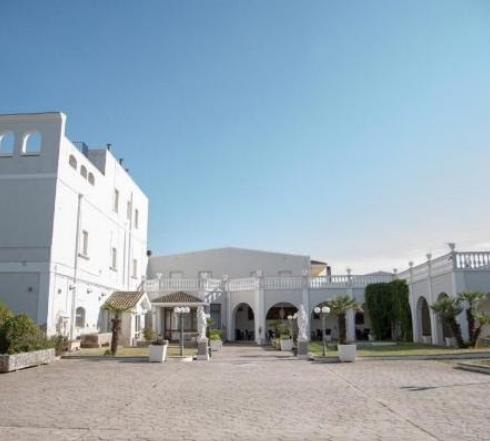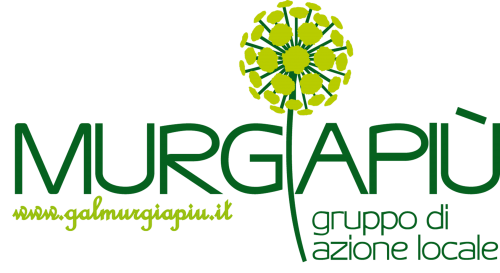| PILLAR | STRENGTHS | WEAKNESSES | OPPORTUNITIES | THREATS |
| 1. Availability of public and other services | S1.01 Increase in the number of socio-educational structures capable of providing parenting support and child protection services | W1.01 Poor infrastructure connections | O1.01 There are higher and vocational education and learning opportunities in the area | T1.01 Submerged and inadequately assisted disability |
| S1.02 Fair presence of socio-health and social-welfare services and high professionalism of the operators | W1.03 Insufficient diffusion of telematic technologies for families and businesses which hinders the streamlining of procedures and the progressive replacement of counter services | O1.02 Funds and services for early childhood | T1.02 Reduction in the offer of services for citizens following rationalization of spending policies, which can lead to further depopulation phenomena, especially for young age groups with more sensitive requests for services (school, health, etc.) |
| 2. Recreation/social activities | S2.01 Existence of numerous associations and cooperatives that work with social agriculture, immigrants and the elderly | W2.01 Low presence of recreational and socialization infrastructures for disadvantaged and/or disabled people | O2.01 Growing support for the creation of service centres for the aggregation and animation of local populations | T2.01 Reduction of public resources dedicated to social services |
| S2.02 Significant diffusion of associations operating in the social field | W2.02 Inadequate provision of public services to support the elderly, the disabled and immigrants | O2.02 Increased attention to personal services and issues of social inclusion | |
| 3. Living condition, quality of life and standard of living | S3.01 Good presence of social enterprises | W3.01 There are integration problems with some local populations (minorities, new arrivals, ...) | O3.01 Presence of foreigners as an opportunity for the maintenance of basic services and as an opportunity to recover residential assets | T3.01 Abandonment of small historical centres and a decrease in participation in the social and recreational life of the countries, which affects the quality of life of the inhabitants |
| S3.02 Involvement of the foreign population as a resource in the management of production chains and personal services | W3.02 The vulnerability of the new poor and widespread uneasy situations, especially among young people and among foreign residents | | T3.02 Presence of organized and non-organized crime |
| 4. Demographic & human capital | S4.01 Important presence of associations and volunteering in social services and social cooperatives | W4.01 A progressive decrease in the number of inhabitants | O4.01 Promoting technological, production and process innovations can favour the replacement of generation and the revaluation of ancient crafts | T4.01 Abandonment by the younger generations of the territories of origin, in particular of the internal areas |
| S4.02 Increase in the foreign population residing in the territories | W4.02 Migration of young people to regions and/or nations with greater job opportunities | O4.02 Increase in the number of immigrants in the area employed in manual work | T4.02 Few opportunities to develop family plans |
| 5. Business, economy & innovation | S5.01 Tourism is evolving towards an experiential model with low environmental impact | W5.01 A low offer of incentives and support services for the creation of entrepreneurial initiatives and employment opportunities | O5.01 Increase in EU financial resources to support research, innovation in agriculture, competitiveness and environmental sustainability | T5.01 Difficulties in accessing credit discourage investments for production activities or the introduction of technological or process innovations |
| S5.02 In the summer months, the increase in tourism activity generates jobs | W5.02 The production activities have a low propensity for innovation and to adapt to the new orientations of the global market | O5.02 Recovery of traditional productive activities in a green economy key | T5.02 Tax systems that are not always favourable for businesses |
| 6. Social and cultural aspects of rural areas | S6.01 Significant mobilization of the female population in rural society | W6.01 High youth and female unemployment rate | O6.01 Propensity for active participation both in the inclusive and social sphere, as well as recognized associations, also by spontaneous groups / committees of citizens | T6.01 Anthropic abandonment of rural areas |
| S6.02 Experiences and successful projects that have promoted social inclusion and active citizenship practices | W6.02 Female occupation much lower than male | O6.02 Funding to incentivize the employment of women | |
| 7. Environment & Biodiversity | S7.01 Presence of two national parks, three marine protected areas, 16 state reserves and 18 regional protected areas | W7.01 Environmental degradation phenomena in rural areas | O7.01 Growing attention to the quality of the environment and the landscape, especially in the younger generations | T7.01 The increase in widespread urbanization and the construction of illegal construction cause a simplification of agro-ecosystems and a loss of the traditional agricultural and coastal landscape |
| S7.02 Diversified ecosystem and climatic structure spread throughout the territory | W7.02 Building illegal phenomena, damage to historical and archaeological sites, environmental damage | O7.02 Markets are moving towards green economy models | T7.02 Risk of hydrogeological instability and desertification on significant portions of land |






